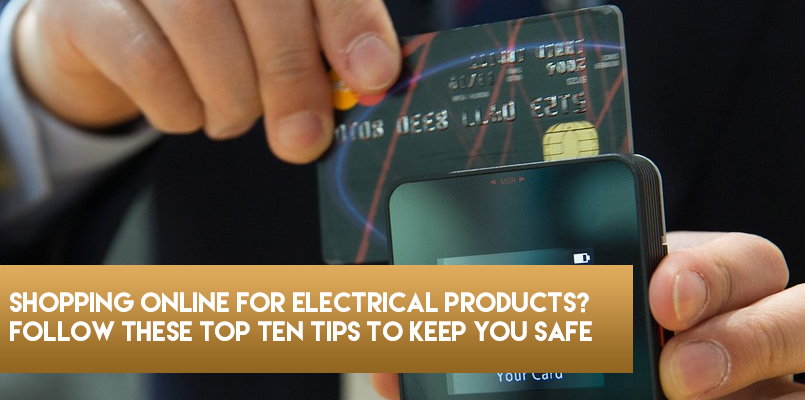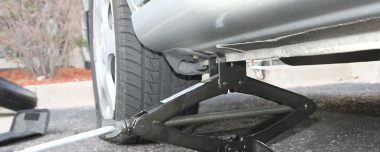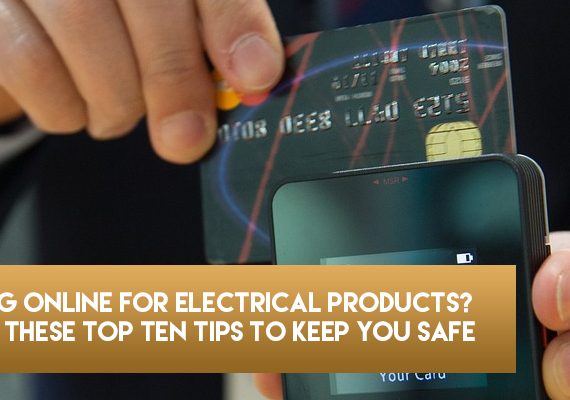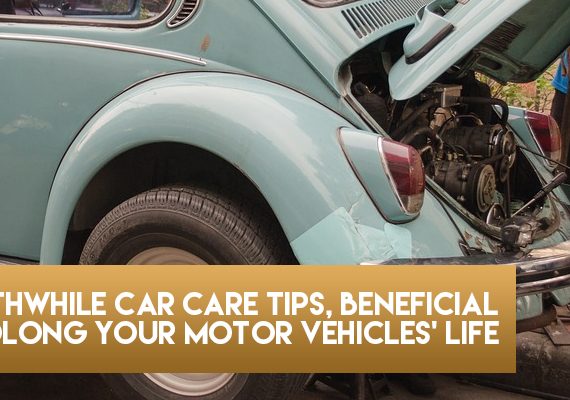Shopping Online for Electrical Products? Follow these Top Ten Tips to keep you safe

Counterfeit and sub-standard electrical products increasingly find their way into our homes. These products almost always contain incorrect and faulty parts. Every year more injuries are caused by faulty electrical equipment. Nearly nine out of ten electrical fires are caused by products overheating or having a short in the circuit.

The best way to protect you from sub-standard products is to buy from reputable retailers or via their websites.
Here was the advice and information we received from http://electricians-portsmouth.co.uk/
Top Ten Tips to keep you safe:
- Check that the site is a member of an online retail accrediting body. This means they have signed up to deliver a certain service standard.
- Read the product guarantees, return policies as well as the sellers’ Terms and Conditions.
- Do price checks. If a bargain looks too good to be true, it probably is.
- Beware of sites, “qualifying the authenticity of their products. Most reliable retailers don’t need to their products in this manner.
- Don’t just take the seller’s or reviewer’s word for a product as being good. Some sites cross-reference user reviews with their database and will label them, “verified purchasers”.
- Avoid buying second-hand products. You do not know what condition it is in, especially if the warranty or guarantee has run out.
- Check the voltage of products. It should be correct for domestic use.
- Also, check the wire and plug fittings. It should be fitted with the three pin plug or charger.
- Check the website photos of the product. Do the product and its packaging looks genuine?
- Look for a legitimate safety certification label. All electrical products will have safety certifications on their labels if made by a legitimate manufacturer. This label should be on both the product and the packaging.

When your product arrives, check that the packaging and delivery notes look genuine. Check for damage to the package and listen for loose fittings. Check if everything that should be there is there, including the plug or charger. Trust your instinct. If you feel uncertain about your product, then you’re probably right in being wary. Rather look to more reliable sites with similar products.













